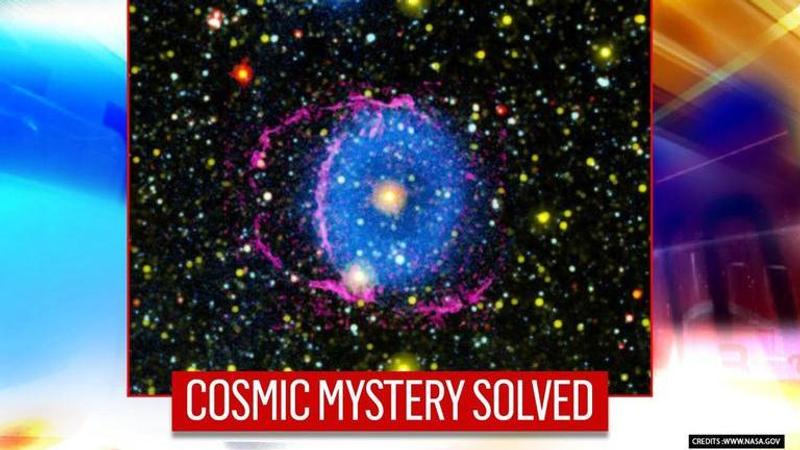Published 08:33 IST, November 20th 2020
Scientists finally solve the 16-year-old cosmic mystery behind Blue Ring Nebula
By applying theoretical models to data, scientists posit the nebula is likely composed of debris from 2 stars that collided & merged into a single star

In the latest study, scientists have finally solved the mystery of the Blue Ring Nebula that surrounds the central star, known as TYC 2597-735-1 which is nearly 6,000 light-years away from Earth. A few years back scientists had come across a strange ultraviolet ring surrounding the star with the help of NASA’s Galaxy Evolution Explorer (GALEX) space telescope which is now defunct. There were plenty of speculations since then however no evidence was gathered to explain the phenomenon.
'Two cone-shaped glowing clouds'
The wait is finally over as the new research using the W. M. Keck Observatory in Hawaii has disclosed that the ring surrounding the star is nothing but 'two cone-shaped glowing clouds' made of molecular hydrogen extending away from the star on opposite sides. These clouds form an illusion of a ring when observed from our planet, the researchers revealed. The research was made public on Wednesday, November 18 and the scientists involved believe that the fluorescent debris is a result of a collision with a sun-like star a few thousand years ago.
Keri Hoadley the lead author of the study and a physicist at Caltech, in the statement, said that the merging of two stars is fairly common, however, they immediately become obscured by lots of dust as the ejecta from them expands and cools in space. This means they can’t see what has actually happened and the timing was of the essence in the new research as it explained the reason behind the phenomenon, Hoadley said. The researchers thought the object represents a late stage of these transient events when the dust finally clears and they have a good view, Hoadley said.
According to the scientists, the major collision led to the ejection of a cloud made of hot debris into space and as it reached outwards and a shock wave was created which further led to hydrogen molecules in the cloud to heat up. This chain of events produced ultraviolets emissions which were observed in 2004 by the scientists which further left them thinking trying to find an explanation.
Updated 08:33 IST, November 20th 2020



